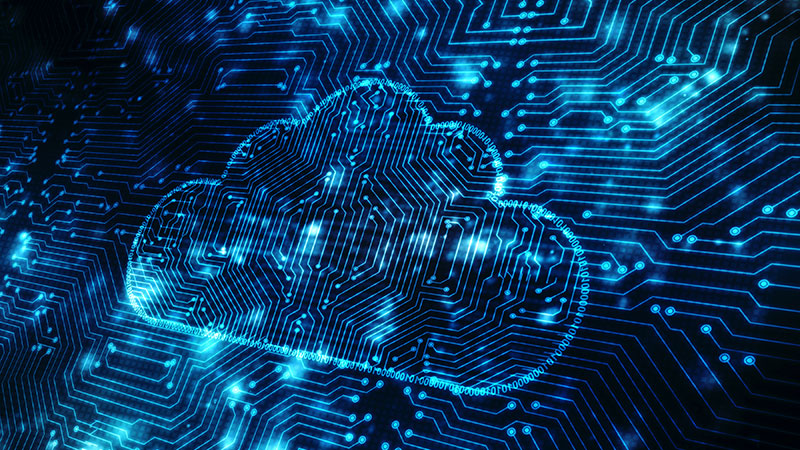
March 31 – which for years has been marked in the technology community as World Backup Day – also qualifies as a great reminder to governments, businesses, and citizens that putting into place correct data backup strategies is a strong front-line defense against the scourge of ransomware attacks.
If World Backup Day is new to you, the aim is to publicize the need to back up personal data, and reach people who have never backed up data or know what the process entails.
“A good backup plan will be continuous and include multiple layers to not only recover your data but also include steps for data preservation,” the site organizers say, while offering a list of resources that people can use to figure out and implement backup strategies.
“However, we also like to say that World Backup Day is every day,” they added.
Mike Wiseman, Vice President, Public Sector, at Pure Storage, pointed to data backup as one of best methods to blunt the impact of ransomware attacks.
Those kinds of attacks, Wiseman said, “are increasing at an unprecedented rate while the level of their sophistication continues to rise. In fact, according to industry estimates, the global damage caused by ransomware could cost $265 billion by 2031.”
“Simply put, ransomware attacks are presenting an incredibly frequent (and expensive) risk” to government agencies, “and they must combat this growing threat,” he said.
Wiseman said World Backup Day “serves as an optimal time for governments to re-evaluate and further invest in effective security measures to deploy across their organizations.”
“By investing in a tiered resiliency architecture, agencies can build an environment of high-speed recoverability, leveraging snapshots for near-immediate recoverability,” he said. “The best backup solutions are those that implement an active threat management program early, personalize the agency’s tiered resiliency approach to their needs and budget, enhance the protection of data, and increase snapshot frequency.”
“Data loss can be catastrophic for the Federal government where downtime is not an option,” said Gary Hix, chief technology officer at Hitachi Vantara Federal. “Environmental disasters and cybersecurity threats are only growing more prevalent, and it’s no longer a matter of ‘if’ government business continuity will be threatened, but ‘when.’”
“More than anything, resilience must be at the forefront of a holistic cyber strategy,” Hix said. “Effective backup and recovery solutions that minimize downtime, maximize availability, and can scale to grow with ever-increasing data volumes are critical to maintaining that business continuity – and should be flexible enough to be updated regularly in reflection of changing needs and circumstances.”
Lisa Erickson, head of data protection product management at Veritas, said, “in a recent Veritas survey of 2,000 US consumers, 78% said they’re concerned that the governments and businesses that have their personal information will be victims of ransomware or other attacks targeting sensitive data. Adding to their stress, nearly half (48%) also said they don’t trust these governments and businesses to adequately back up their digital information so it can be recovered after an attack.”
“Consumer concern is high, and the threat landscape continues to evolve with faster and more complex threats targeting on-premises and multi-cloud environments,” she said. “It’s more important than ever for organizations to make secure data backup from edge to core to cloud a top priority.”
Kevin Cole, director of technical marketing and training at Zerto, added, “World Backup Day is a timely reminder to be proactive about protecting your data and applications from disasters, ransomware, and other disruptions. It’s easier than ever to implement scalable software solutions to ensure you have multiple copies of your data, stored in multiple locations, and in multiple formats.”
“Securing your data is just the start: once you have a data protection strategy in place, it’s critical to consider recovery of that data should any disruption, outage, or cyber-attack occur,” he said. “Especially with ransomware, speed of recovery is the key: how quickly can you resume operations and do so without losing data nor paying the ransom? Rapid recovery with no downtime and no data loss helps businesses of all sizes achieve true resilience and bounce back no matter what comes along.”
